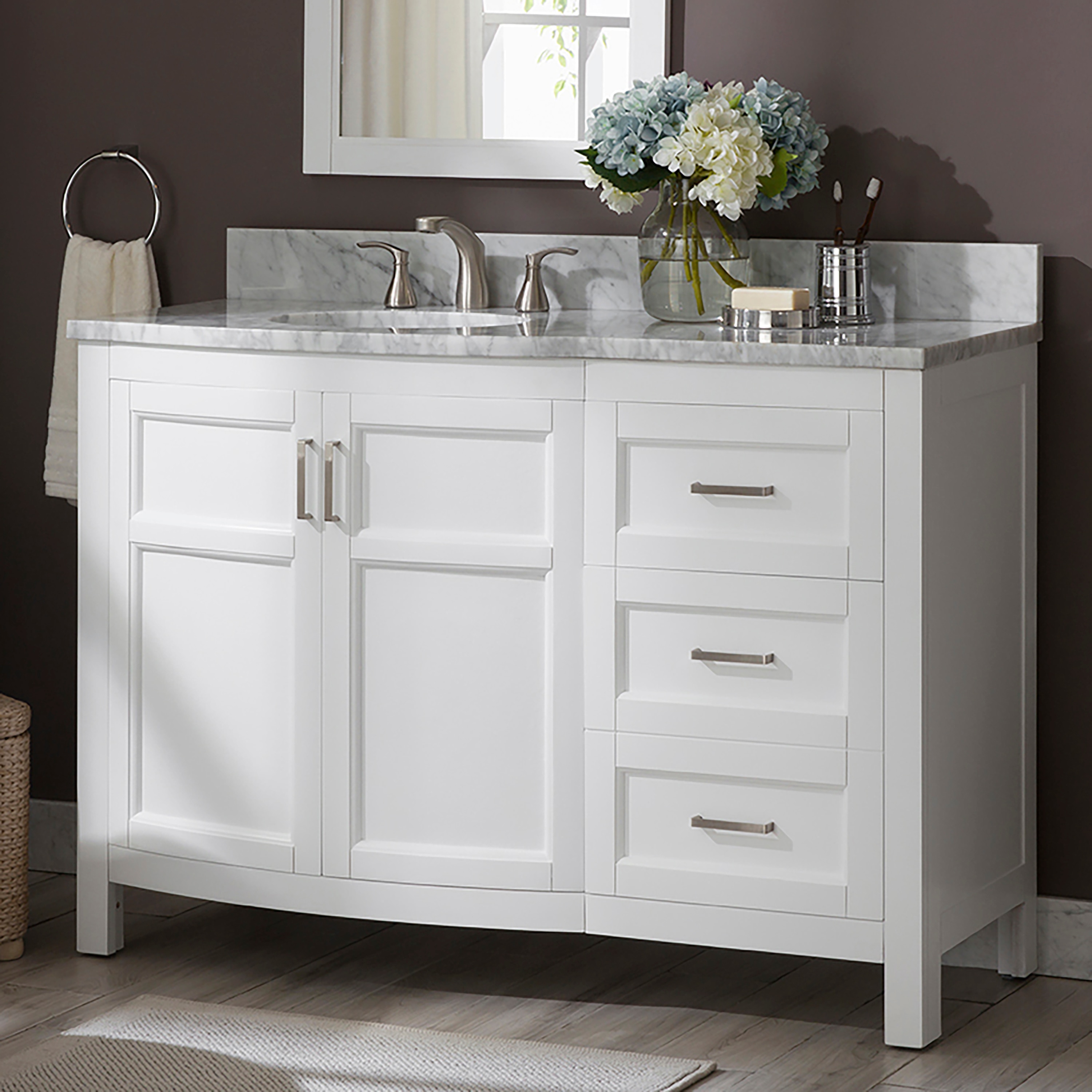Historical Context

The evolution of bathroom vanities, from their rudimentary beginnings to the stylish designs with legs we see today, reflects a fascinating interplay of functionality, aesthetics, and cultural influences. Understanding the historical context behind their design helps us appreciate the ingenuity and artistry that have shaped these essential fixtures in our homes.
Why do bathroom vanities have legs – The earliest forms of bathroom vanities were simple, utilitarian structures. In ancient civilizations, these were often built-in shelves or platforms made of stone or wood, providing a surface for washing and grooming. As plumbing technology advanced, particularly with the introduction of indoor plumbing in the 19th century, bathroom vanities began to evolve into more sophisticated pieces of furniture. The incorporation of legs, a design element borrowed from traditional furniture styles, was a significant step in this evolution.
Functionality and Aesthetics, Why do bathroom vanities have legs
The addition of legs served several practical purposes. They raised the vanity off the floor, improving ventilation and facilitating cleaning. This was especially important in humid bathroom environments. Legs also provided stability and support for the vanity, allowing for larger and heavier countertops and basins. Furthermore, the legs themselves became a decorative element, adding visual interest and enhancing the overall aesthetic appeal of the bathroom.
Early 20th-century bathroom vanities often featured simple, turned legs with a traditional, Victorian-inspired design. As design trends evolved, the legs became more stylized and incorporated into the overall design scheme. Art Deco vanities, for example, featured geometric legs with chrome accents, reflecting the minimalist and modern aesthetic of the era.
Cultural Influences
The design of bathroom vanities has been influenced by various cultural trends and styles throughout history. Victorian-era vanities often incorporated intricate carvings and ornate details, reflecting the opulence and grandeur of the period. Mid-century modern vanities, on the other hand, embraced clean lines, simple forms, and natural materials, echoing the minimalist and functional design principles of the era.
In recent years, the popularity of farmhouse and industrial styles has led to a resurgence of bathroom vanities with legs. These designs often feature reclaimed wood, metal accents, and rustic finishes, reflecting a desire for authenticity and a connection to nature.
Functionality and Design

Bathroom vanities with legs offer a blend of functionality and aesthetics, making them a popular choice for modern bathrooms. Beyond their historical significance, the design of legs on vanities serves a practical purpose, enhancing storage, cleaning, and ventilation while contributing to the overall visual appeal of the bathroom.
Leg Styles and Materials
The style and material of vanity legs play a crucial role in defining the bathroom’s aesthetic. They can be ornate or minimalist, complementing various design themes and bathroom layouts.
- Traditional Legs: These legs often feature intricate carvings, turned wood, or decorative details, adding a touch of elegance and sophistication to the bathroom. They are commonly found in classic and Victorian bathroom designs, complementing clawfoot tubs and ornate fixtures.
- Modern Legs: In contrast, modern legs prioritize clean lines and minimalist designs. They are typically made of metal, such as stainless steel or chrome, or sleek wood finishes. Modern legs complement contemporary bathrooms with geometric shapes, minimalist fixtures, and open spaces.
- Industrial Legs: Inspired by industrial design, these legs often feature exposed metal, rustic finishes, and geometric shapes. They are perfect for bathrooms with exposed brick walls, reclaimed wood elements, and vintage fixtures, creating a raw and edgy aesthetic.
- Contemporary Legs: Contemporary legs combine elements of both modern and traditional styles, offering a versatile option for various bathroom designs. They can feature clean lines, minimalist details, and a range of materials, including wood, metal, and acrylic.
Contemporary Trends: Why Do Bathroom Vanities Have Legs

The contemporary bathroom design landscape is a testament to the enduring appeal of legged bathroom vanities. These fixtures have evolved from mere functional necessities to statement pieces, reflecting a shift towards a more refined and personalized approach to bathroom aesthetics.
The Rise of Minimalism and Modernism
Minimalism and modernism are two dominant forces shaping contemporary bathroom design. Legged vanities perfectly embody these trends with their clean lines, streamlined silhouettes, and absence of unnecessary embellishments. This minimalist approach emphasizes functionality and simplicity, creating a sense of tranquility and spaciousness in the bathroom.
“Minimalism in bathroom design prioritizes clean lines, simple forms, and a focus on functionality. Legged vanities contribute to this aesthetic by offering a sleek and uncluttered look.”
- Sleek and Minimalist Design: Legged vanities often feature thin, tapered legs that visually minimize their presence, allowing the vanity top and its surrounding elements to take center stage. This creates a sense of openness and airy spaciousness in the bathroom.
- Versatile and Adaptable: The minimalist design of legged vanities makes them adaptable to various bathroom styles. They can be seamlessly integrated into contemporary, modern, and even transitional spaces.
- Elevated Functionality: The raised design of legged vanities allows for easier cleaning beneath the vanity, promoting a hygienic and well-maintained bathroom environment. This practical feature is particularly valuable in smaller bathrooms where space is at a premium.
